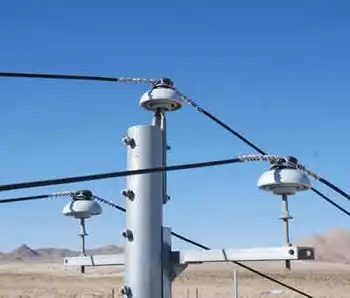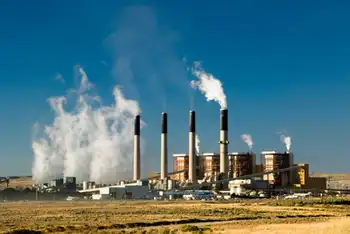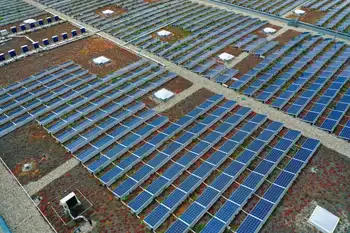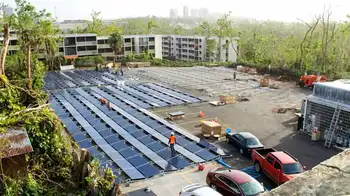Japan may meet CO2 goals due to recession
But the fall is not the good news it may appear to be, as it is mostly due to a recession that has cut the money firms have to spend on green initiatives, and also forced the government to focus more on economic stimulus than its green agenda.
This could make it harder for the world's 5th-biggest polluter to prepare for ambitious targets beyond 2012 when Kyoto's first period ends.
Preliminary government data showed carbon dioxide emissions from burning fuel fell 6.7 percent to 1.14 billion tonnes in the fiscal year to March, marking the steepest fall on record as the economy shrank 3.2 percent.
CO2 created by burning fuel accounts for about 90 percent of Japan's total greenhouse gas emissions.
The figure for total emissions last year, to be announced soon, is estimated at 1.27 billion tonnes, below the record 1.37 billion tonnes of the previous year and approaching the Kyoto goal of 1.19 billion tonnes a year, given that spending on emission cuts elsewhere should offset 68 million tonnes a year.
With the Bank of Japan forecasting deflation until March 2012, a year before the country's Kyoto obligations end, there seems little risk of the country not meeting its goals.
"CO2 emissions are likely to be curbed in coming years given a basically positive link we've found between them and GDP," said Itsuho Haruta, executive officer at Natsource Japan Co, a joint venture of a New York-based carbon trader, Mitsubishi Corp. and Tokyo Tanshi Co.
"Buying of Kyoto offsets by power companies and others has been steadily on the rise. Japan thus has a much lowered hurdle to meet its goals, although some risks remain," he said.
In the past year, an economic slump limited new private spending on energy efficiency, but power firms bound to voluntary emission-cut targets have become even more aggressive about buying emissions rights from abroad.
The power sector, accounting for 30 percent of greenhouse gas emissions, is under pressure to quickly deal with interruptions in power supply from nuclear plants, which are carbon-free.
Tokyo Electric Power Co halted operations of its Kashiwazaki-Kariwa nuclear plant, the world's biggest, for checks after a 2007 earthquake, forcing it to run thermal plants harder and boosting its emissions by 30 million tonnes a year.
Unlike in the EU, where companies are subject to compulsory emission caps, Japan's emission plans largely depend on voluntary cuts by major industries.
The voluntary system does not penalize companies for failing to meet their sectoral emissions targets. But many companies say they will make up shortfalls by buying emissions rights.
Tokyo will soon evaluate cuts by industry last year, and each sector is expected to say how to meet its targets in the remaining four years.
Japan is committed under Kyoto to cut greenhouse gas emissions to 1.19 billion tonnes a year over the five years to March 2013, down 6 percent from 1.26 billion tonnes in 1990/1991.
The goals include 20 million tonnes a year of emissions rights that Tokyo plans to buy from abroad under Kyoto's market schemes and spending at home on forest conservation to absorb an estimated 48 million tonnes a year.
In 2007/2008, emissions offsets from planting trees and sustainable forestry totaled only 41 million tonnes, or 15 percent below the government's plan for 2008-2012.
"Japan will likely meet the 2008-2012 target now emissions have fallen sharply," said Shuzo Nishioka, a senior visiting researcher at the National Institute for Environmental Studies.
"But our concern is that the government seems in no hurry to get prepared for a deeper cut beyond that period," he said, referring to the country's midterm target revealed by Prime Minister Yukio Hatoyama at a UN meeting in September.
Hatoyama said Japan would cut greenhouse gas emissions to 946 million tonnes by 2020, down 25 percent from 1990 levels, on the premise that there would be an international climate agreement beyond 2012. But his government has been struggling to decide major clean energy policy drivers beyond one-off payouts.
Japan only this month launched a unique "feed-in" tariff scheme under which power firms buy surplus solar power that households produce at a higher rate, which could be extended to power generated by companies and from any renewable sources.
Other possible measures include a carbon tax and compulsory emission caps and trading like in the European Union, but these could be countered by planned economic stimulus measures such as gasoline tax cuts.
"A change to a low carbon economy requires patience as it takes time and money for companies to find new growth seeds," said Satoshi Hashimoto, an analyst at Mitsubishi Research Institute's climate change strategy group.
"We need policy measures lasting at least 10 years regardless of ups and downs in the economy."
Related News

Tornadoes and More: What Spring Can Bring to the Power Grid
WASHINGTON - The storm and tornado outbreak that recently barreled through the US Midwest, South and Mid-Atlantic was a devastating reminder of how much danger spring can deliver, despite it being the “milder” season compared to summer and winter.
Danger season is approaching, and the country is starting to see the impacts.
The event killed at least 32 people across seven states. The National Weather Service is still tallying up the number of confirmed tornadoes, which has already passed 100. Communities coping with tragedy are assessing the damage, which so far includes at least 72 destroyed homes in one Tennessee county…




